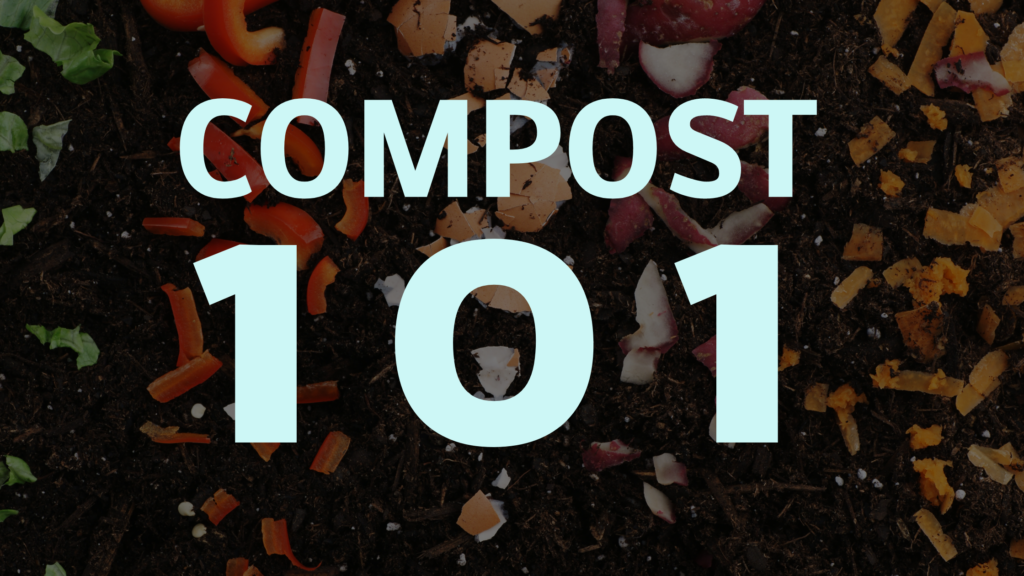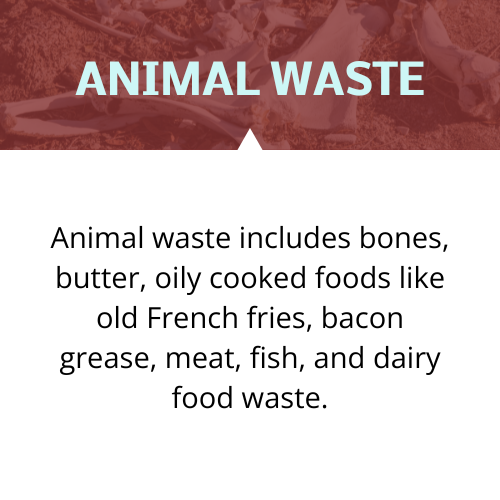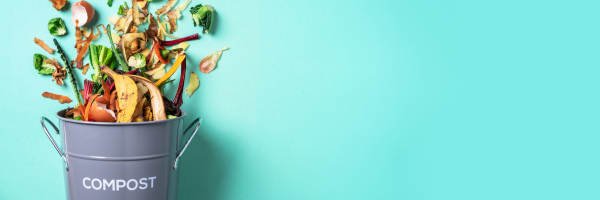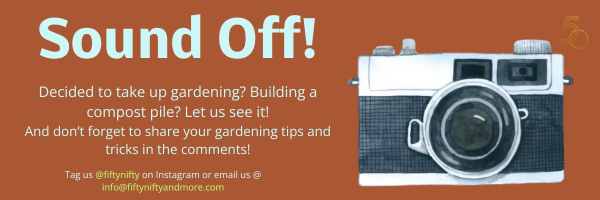
Several members of our Fifty Nifty and More Tribe have inquired about one of the key elements to gardening, and that’s composting.
Composting is more than just a trendy buzzword; it’s a centuries-old practice that harnesses the natural cycle of decomposition to transform organic waste into nutrient-rich soil amendment. From kitchen scraps to yard trimmings, almost anything of organic origin can be composted, diverting waste from landfills and reducing greenhouse gas emissions in the process.
But for those new to the concept, composting can seem daunting or confusing. Where do you start? What can and can’t be composted? How do you maintain a compost pile or bin? These questions often deter individuals from taking the plunge into this environmentally-friendly endeavor.
Fear not, for this guide is here to demystify the art of composting and empower you to embark on your own green journey. Whether you’re a seasoned environmentalist looking to enhance your sustainability efforts or a curious beginner eager to reduce your ecological footprint, this comprehensive beginner’s guide to composting will equip you with the knowledge and confidence to turn your kitchen scraps into black gold for your garden.
THINGS YOU CAN COMPOST:


THINGS YOU CAN’T COMPOST:

Why, exactly? Because animal protein in the compost mix attracts rats, roaches, flies, and other pests. True, in the wild, all of these creatures play a valid role in converting waste into rich, luscious soil. But your compost heap may be near your home. In fact, you may start a compost container inside your home, and you certainly don’t want to attract critters other than the invisible microorganisms that break down plant waste. Also, animal-origin waste tends to stink to highest heaven.
An exception to the no animal-waste rule MAY be dog poop and the contents of your cat’s litterbox. Keep in mind that only biodegradable cat litter can be composted. Biodegradable, natural cat litters include litters made from wood, pine, corn, paper, nut shells, wheat, coconut husk. Non-compostable cat litters include clay, crystal and those fancy fragranced litters that change color after your cat has used the litterbox.
In case you’re wondering, used diapers, TP, wipes and feminine pads can’t be composted because their bacterial levels are too high to be safely handled, even with gloves. Okay, there is a technique for composting diapers in some instances, although proponents warn not to use diaper-generated compost on anything you plan to eat. Roger that, we get it. You can read more about it HERE.
And while we’re at it, another warning. Some products say “compostable” on their packaging, and this may be misleading. What this actually means is that these items are compostable in industrial facilities, but they really don’t work for home composting.

LEARN TO LAYER
Successful, basically stink-free composting has to do with layering, ventilation, and stirring. Start with the dry brown elements on the bottom and wet greens on top. Browns are key because they allow air and moisture to circulate through your trash-treasure trove, preventing actual rot. In general, you want your ratio heavier on the browns. Too many greens, or not enough ventilation, and you’ll get a big soggy ol’ swamp (similar to what happens when you go to Trinidad for a month or two and forget to take the salad greens out of the refrigerator crisper drawer. Nothing “crisp” about it!). Try to keep the layers thin, meaning an inch or two deep. Proper drainage allows the microorganisms to do their awesome work. Alternate brown, green, brown, green, like a lovely microbial cake, and top with dry browns to discourage flies and minimize aroma.
Think of a compost like a campfire. Both need fuel, structured and arranged in a way that allows for aeration. As with a fire, you will need to turn the pile occasionally to keep it from collapsing on itself and compressing. The goal is to keep open spaces between the layers so air can pass through. And if your stack is good-sized, the microbial action going on in those dynamic layers will produce actual heat. On farms and ranches, the compost heap is often a favorite spot for barn-cats to warm themselves. When you turn a large, active compost heap with a stick or spade on a cold day, you’ll see steam!
Now, about that stank. A mild sour whiff, something like sourdough starter, is normal. But it shouldn’t be a toe-curling, stomach-churning blast of nausea that makes you retch. Truly. If it smells like a dumpster, that means that proper decomposition is not taking place. Or maybe your stack is too wet, or maybe your ratio of greens to browns is off.
It takes a minute, and some trial and error. But here’s the thing: the result is rich, light fluffy stuff that makes plants happy. Think peat moss, loam, sod, the virgin heaths and prairies of our planet before tractors and combines and industrial agriculture changed everything a century ago.
What does healthy, finished compost smell like?
Fresh, warm, complex as wine, clean, wild.
Like the earth.

Be the first to comment